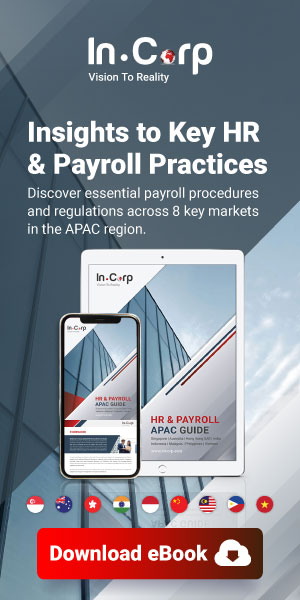Importance of Risk Assurance
In the ever-evolving business landscape, organisations must proactively address potential threats and meet stakeholder expectations. Our Risk Assurance Services are positioned to assist organisations in mitigating risks and safeguarding business operations.
Our valuable insights and recommendations strengthen internal controls, enhance risk management processes, and protect assets. In this way, we help businesses achieve their strategic objectives while maintaining a competitive advantage in the marketplace.
Internal Audit
The role of internal audit is an independent, objective, and consulting activity designed to add value to and improve an organisation’s operations.
At InCorp, we provide a digital audit experience by employing data analytics and visualisation tools to provide greater business insights through descriptive analysis to our clients.
Value-Adding 5-Part Internal Audit Report
Our Internal Audit Report comprises the following five components, which include Data Analytics Insights, Positive Controls, and Good Practices, Opportunities for Improvements, and Best-fit and Curated Sample Templates:
Data Analytics Insights

Using our Audit Tools, we share Business Insights and Data Visuals with the management, in addition to using the Audit Tools to adopt a Risk-Based Audit Approach and Targeted Testing for our internal audit.
Positive Controls and Good Practices

We distinguish our audit reports by including the Positive Controls and Good Practices that we observe during the course of our audit work so that our report presents a balanced output.
Main Audit Observations

We will identify non-conformance, gaps, risks, and potential implications in the processes and procedures and make recommendations to improve internal controls.
Focus on Root Cause Analysis:
Opportunities for Improvement

We will identify Opportunities for Improvement in terms of efficiency, economy, and effectiveness and provide reasonable and practical recommendations.
Best-fit and Curated Sample Templates

We will provide Best-fit and Curated Sample Templates to assist management in effectively implementing the proposed management action plans.
Risk Management
Risk management is the process of identifying and addressing the potential events that represent risks to achieving strategic objectives or opportunities to gain a competitive advantage.
We advise organisations on the steps to take to ensure that their business is in a strong position to fight against any risks threatening their organisations.
Value Driven Enterprise Risk Management
Stage 1
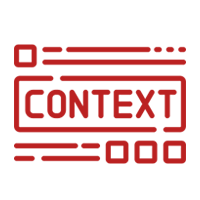 Establish the Context |
- Introduction to Enterprise Risk Management Concepts, Tools and Techniques
- Validate Risk Inventory, Risk Parameters and Risk Appetite through Risk Brainstorming Workshop and Sharing of Helpful Tools and Useful Guidance Notes
- Prioritise Tier 1 Risks
|
Stage 2
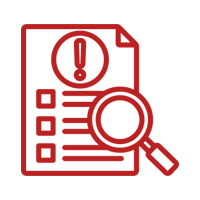 Identify Risks |
Stage 3
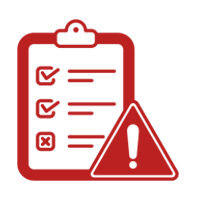 Analyse Risks |
Stage 4
 Evaluate Risks |
- Carry out Focus Group Sessions and Risk Clinics with Risk Owners
|
Stage 5
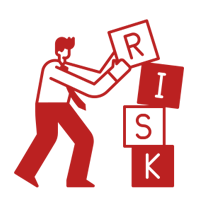 Treat Risks |
- Develop Risk Dashboard, Risk Registers, and Enterprise Risk Management Manual
|
Sustainability Reporting
Sustainability Reporting is the disclosure and communication of environmental, social, and governance goals and the Organisation’s progress toward them.
We are well-positioned to add the reporting on sustainability activities to the larger reporting framework as the sustainability agenda has increasingly become a central strategic focus.
Sustainability Reporting – The 3 Lines Of Defence
The ‘Three Lines of Defence Model’ is an established risk and control framework to allow the Board and Management to monitor and render opinions on the effectiveness of the Organisation’s internal controls and enterprise risk management.

Sustainability Reporting Framework
Appropriate for and suited to the company’s industry and business model.

Sustainability
Report
Environmental, social, and governance factors show the risks and opportunities within sight and managed for future returns.

Internal Review on Sustainability Reporting
An internal review of the sustainability reporting process builds on the Company’s existing governance structure, buttressed by adequate and effective internal controls and risk management systems.
Who We Serve
Public
Listed Companies

Financial
Institutions

Public
Sector

Non-Profit
Organisations

We specialise in the following services:
Internal Audit
- Operational/Business/Financial Process Audits
- Compliance Audits
- Resource Management Audits
- Pre-IPO Internal Controls Review
- Data Analytics
Risk Management
- Risk Registers
- Key Risk Indicators
- Risk Manual
Sustainability Reporting
- Internal Review on Sustainability Reporting Process
- Development of Sustainability Report
- Sustainability Advisory
Environmental, Social and Governance (ESG)
FAQs
- Risk assurance is the internal framework of checks and balances that identify and address the gaps between an ideal business state and vs the associated risk in real terms.
With risk assurance, you will be able to:
strengthen internal controls,
enhance risk management processes,
protect assets,
achieve strategic objectives; &
maintain a competitive advantage.
- The role of internal audit is an independent, objective, and consulting activity designed to add value to and improve an organisation’s operations.
At InCorp, we assist with the 5-Part Internal Audit Report which includes the following:
Data Analytics Insights,
Positive Controls and Good Practices,
Opportunities for Improvements; &
Best-fit and Curated Sample Templates.
- Sustainability Reporting is the disclosure and communication of environmental, social, and governance goals and the organisation’s progress towards them.
The ‘Three Lines of Defence Model’ is an established risk and control framework to allow the Board and management to monitor and render opinions on the effectiveness of the Organisation’s internal controls and enterprise risk management.
- Risk assurance is the internal framework of checks and balances that identify and address the gaps between an ideal business state and vs the associated risk in real terms.
Risk management is the process of identifying and addressing the potential events that represent risks to achieving strategic objectives or opportunities to gain a competitive advantage.
Risk assurance services you can rely on
